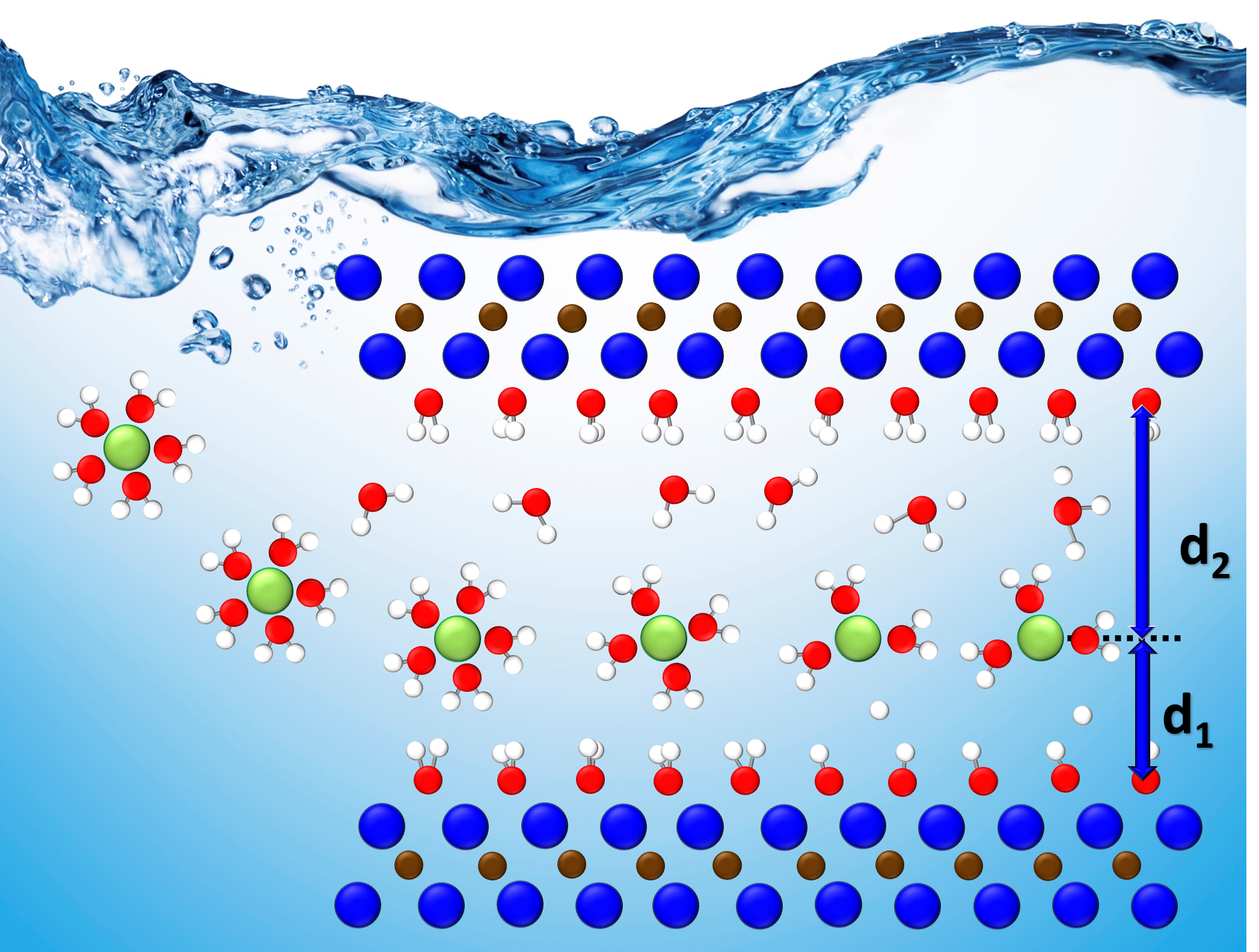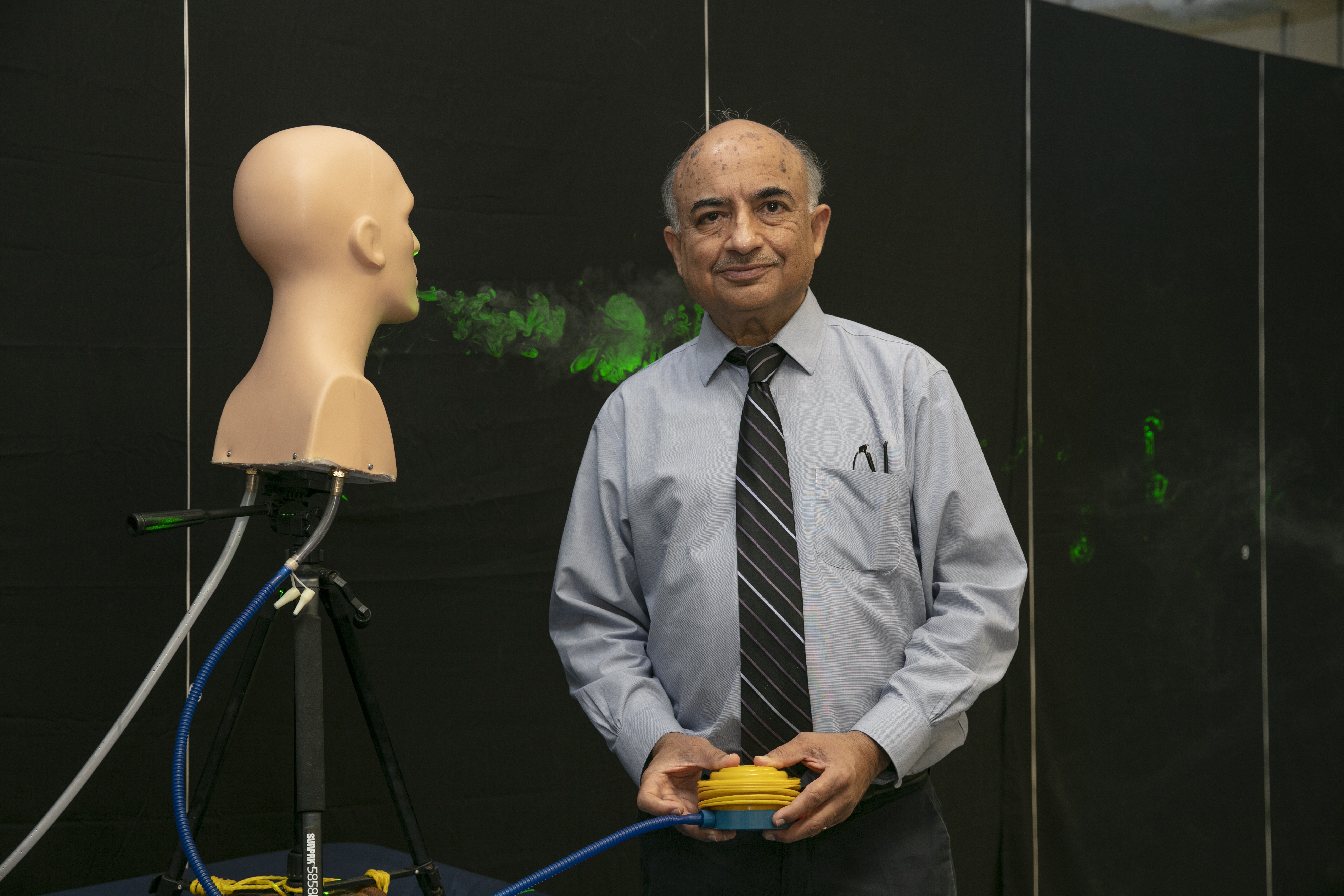Controllable deformations introduced in periodic structures may lead to appearance of disclinations and open new routes for construction of higher-order topological insulators with various discrete rotational symmetries, which were observed so far only in linear regime.
Tag: Experiment

UAH researchers to gain revolutionary data on air pollutants from new NASA instrument launch
A team of air-quality researchers at The University of Alabama in Huntsville (UAH) expects to receive vital data from a new NASA instrument launched into space on Space X’s Falcon 9 rocket toward its host geostationary satellite, Intelsat 40e, on Friday, April 7.The Tropospheric Emissions: Monitoring of Pollution (TEMPO) is the first spectrometer instrument that will collect hourly daytime observations of major air pollutants over greater North America, revolutionizing scientific capabilities to monitor air quality.
FROM ATOMS TO EARTHQUAKES TO MARS: HIGH-PERFORMANCE COMPUTING A SWISS ARMY KNIFE FOR MODELING AND SIMULATION
At Idaho National Laboratory, computational scientists use INL’s supercomputers to perform “virtual experiments” to accomplish research that couldn’t be done by conventional means. While supercomputing can’t replace traditional experiments, supercomputing is an essential component of all modern scientific discoveries and advancements.

Faster, more efficient energy storage could stem from holistic study of layered materials
A team led by Oak Ridge National Laboratory developed a novel, integrated approach to track energy-transporting ions within an ultra-thin material, which could unlock its energy storage potential leading toward faster charging, longer lasting devices.

Stay 6 Feet Apart. Mechanically Simulated Cough Reveals That May Not be Enough
A preliminary, flow visualization experiment suggests that staying 6 feet apart may not be sufficient. It only took the particles from the simulated cough a couple of seconds to travel 3 feet; in about 12 seconds it reached 6 feet and in about 41 seconds it reached around 9 feet. For a heavy cough, the particles can even travel up to 12 feet. In addition, a face mask doesn’t stop the particles 100 percent, but it does slow down the cough jets.